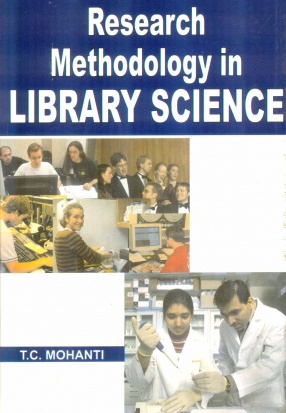The Theory and Practice of the Dewey Decimal Classification System
In 1876, Melvil Dewey published his research findings in Dewey Decimal System which totally changed the face of library throughout the world. Prior of the Dewey Decimal system, libraries used haphazard and unscientific ways to shelve the books in a library. Relative location and relative index are two new features in the new classification scheme by Dewey. Previously, books in libraries were numbered according to their locations on the shelves. In other words each book had a fixed location. The Dewey system on the other hand, numbers books in terms of their relationship to one another without regard for the shelves or rooms where they are placed. Relative location allows indefinite intercalation; books can be moved about in the library without altering their call numbers. In the relative index, Dewey brings together under one term the locations in the scheme of a subject which, in many cases falls in several fields of study.
Get it now and save 10%
BECOME A MEMBER







Bibliographic information